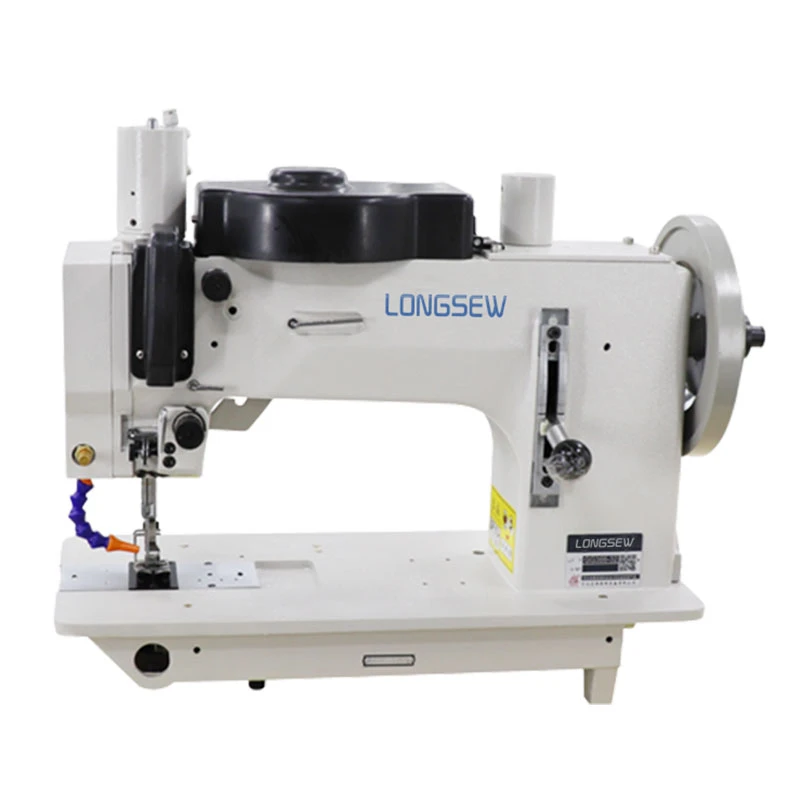Durable Basic Sewing Machine for Heavy Duty Projects and Versatile Use
The Heavy Duty Basic Sewing Machine A Comprehensive Overview
Sewing is an art that combines creativity with practicality. While many people may see it as a hobby, for others, it is a serious profession. Whether you are a seasoned sewist or a beginner looking to explore your skills, having the right tools can make a significant difference. One such invaluable tool is the heavy-duty basic sewing machine, which offers durability and performance, making it an ideal choice for various sewing projects.
Understanding Heavy-Duty Sewing Machines
Heavy-duty sewing machines are designed to handle thicker materials and more demanding sewing tasks compared to standard sewing machines. They are built with robust components that can withstand the rigors of frequent use, allowing them to sew through layers of fabric, leather, denim, and other tough materials. This makes them particularly popular among quilters, fashion designers, and anyone who requires a machine that can keep pace with their creativity.
Key Features of Heavy-Duty Basic Sewing Machines
1. Powerful Motor The heart of a heavy-duty sewing machine is its motor. Unlike regular machines, these are equipped with powerful motors that generate higher sewing speeds, typically ranging from 1,000 to 1,500 stitches per minute. This allows for quicker project completion, saving valuable time, especially for large sewing jobs.
2. Metal Frame Construction A strong metal frame provides the necessary stability and support, ensuring that the machine remains aligned during operation. This robust construction not only enhances durability but also contributes to improved stitch quality, even when working with challenging materials.
3. Versatile Stitch Options Heavy-duty sewing machines come with an array of stitch options, including straight, zigzag, and buttonhole stitches. Many models also offer decorative stitches, making them versatile for various sewing applications, from simple repairs to elaborate crafts.
heavy duty basic sewing machine

4. Automatic Needle Threader A time-saving feature often found in heavy-duty models is the automatic needle threader. This device simplifies the threading process, reducing eye strain and making it easier to get started on your sewing projects.
5. Adjustable Presser Foot Pressure Different fabrics require different pressures from the presser foot for optimal stitching. Heavy-duty machines often allow you to adjust this pressure to ensure the best results, regardless of the material you are using.
6. Wide Sewing Area Many heavy-duty machines come with an extended sewing area, which is particularly beneficial for larger projects like quilts or fitted garments. This additional space provides better maneuverability, facilitating easier handling of bulky items.
Benefits of Using a Heavy-Duty Basic Sewing Machine
One of the standout benefits of a heavy-duty basic sewing machine is its ability to provide a reliable, consistent performance across a wide range of sewing tasks. Whether you’re working on alterations, creating home decor, or experimenting with quilting, this type of machine can handle it all with ease.
Moreover, their durability means that they can withstand the test of time and are less likely to require frequent repairs or replacements. This long-term reliability not only saves money but also offers peace of mind for users who need a dependable machine for their projects.
Conclusion
In conclusion, a heavy-duty basic sewing machine is a wise investment for anyone serious about sewing, whether as a hobby or a profession. With its powerful motor, strong build, versatile features, and ease of use, it enables users to tackle more complex and creative projects with confidence. Whether you’re creating clothing, crafts, or home textiles, having a reliable machine like this can inspire your creativity and elevate your skills to new heights. Whether you’re embarking on a new project or looking to take on more challenging materials, a heavy-duty basic sewing machine is the key to unlocking your sewing potential. So, why not give it a try and see how it transforms your sewing experience?
-
Industrial Cylinder Arm Sewing Machine: Revolutionizing Heavy-Duty SewingNewsJul.28,2025
-
Cylinder Arm Sewing Machine: Perfect for Special Sewing ApplicationsNewsJul.28,2025
-
Cylinder Bed Sewing Machine: Essential for Sewing Complex MaterialsNewsJul.28,2025
-
Heavy Duty Sewing Machine: The Essential Tool for Industrial ApplicationsNewsJul.28,2025
-
Computerized Pattern Sewing Machine: Revolutionizing Precision StitchingNewsJul.28,2025
-
Heavy Duty Industrial Sewing Machine: Power Meets PrecisionNewsJul.28,2025
-
Leather Sewing Machine: The Industrial Standard for Tough MaterialsNewsJul.18,2025





























